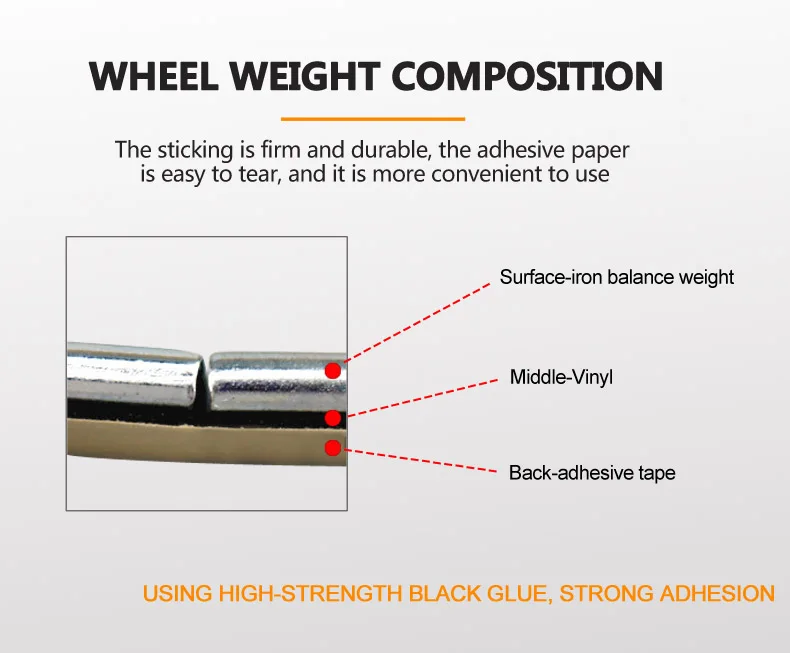Balance is the key to everything. And this holds even for your beloved vehicle. After all, who wants an unbalanced car going haywire on the roads? Since the body of your car never touches the ground.
The major task of balancing your vehicle while on the road is on the wheels. Since an unbalanced wheel can lead to disorientation, shaking, and a reduction in mileage, correct wheel pressure and balancing are highly important.
But due to uneven and continuous, your tires will likely continue to go out of the ball will months. In such a situation it is crucial to balance the em out. And the best way to do that is by using Tyre weights. But before you get them fixed, read on to know why they are so important.
A, s the name suggests, “wheel weight” is a component used to balance a wheel that balances made from malleable metals such as polymer-coated zinc and steel.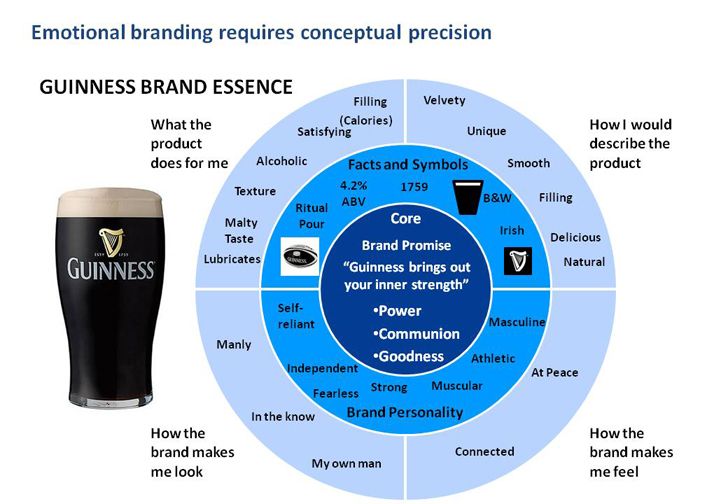 Wheel weights are attached to your tyre to counteract their combined imbalance. Using wheel weights, Using wheel weights, your wheels’ overall weight distribution, any imbalance. Since balanced tires help save fuel, preserve tire life, and improve overall safety and comfort.
Wheel weights are attached to your tyre to counteract their combined imbalance. Using wheel weights, Using wheel weights, your wheels’ overall weight distribution, any imbalance. Since balanced tires help save fuel, preserve tire life, and improve overall safety and comfort.
The primary objective of wheel weights is to provide balance. But doing so can be achieved by two major methods. The first is by using clip-on weights. And the other is by using an adhesive weight.
As evident from the name, clip-on wheel weights are used by clipping them on to any part of your rim. Clip-On Wheel Weights can be placed on the inside and the side of your rim. Aced in a precise location, a Clip-On wheel weight adds to the overall weight of your tyre.
The major advantages of using Clip-On weights are:
The major disadvantages of using Clip-On weights are:
Unlike Clip-On wheel weights, adhesive wheel weights are sticker like wheel weights sticker-liked on the inside of a rim.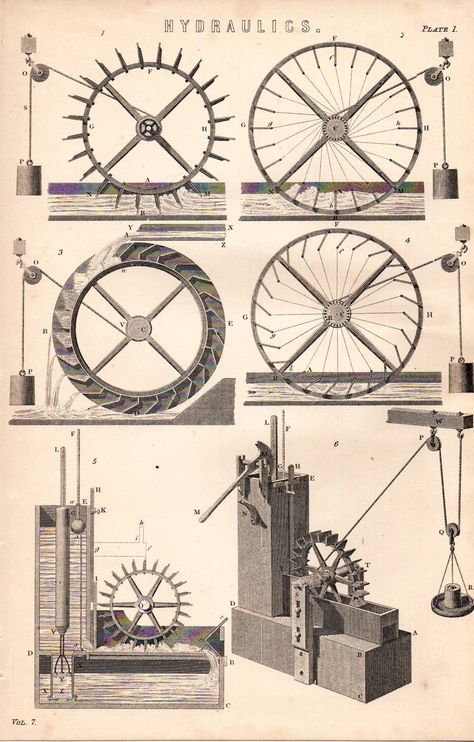 Adhesive weights can be firmly applied both on the inside and outside of your rim without leaving any scratches/stains. Once attached to a particular location, adhesive wheel weights largely contribute to balancing out your tyre.
Adhesive weights can be firmly applied both on the inside and outside of your rim without leaving any scratches/stains. Once attached to a particular location, adhesive wheel weights largely contribute to balancing out your tyre.
The major advantages of using an Adhesive weight are:
The major disadvantages of Adhesive weights are:
Wheel balancing is among the top three services provided by tyre dealers. Most tyre technicians know the importance of balancing and can provide a professional service to do so. However, balancing requires knowledge and experience to fit precisely in tyre weights. A balanced whegood resolves decreased mileage, wobbling and steering vibrations in proper hands. Thus, by choosing professional tyre services from Go Mechanic, you can indulge professional, l and seamless experience.
Thus, by choosing professional tyre services from Go Mechanic, you can indulge professional, l and seamless experience.
Also Read: How To Choose The Right Tyre For Your Vehicle?
Also Read: 7 Reasons Why Driving With Worn-Out Tyres Is A Bad Idea
Wheel weights are the most inexpensive item installed on a new tire purchase. However, installing the incorrect type can lead to a poor balance. Down the line, that could send the customer back to your store with a ride complaint.
Understanding the nuances of each wheel weight material in the market can help your technicians perform a better balance every time.
Today, the three most common types of wheel weights in use are made from lead, steel or zinc, and are offered in adhesive or clip-on forms. When deciding which one to use, state regulations, environmental factors, material cost and product fitment are a few factors that play a role.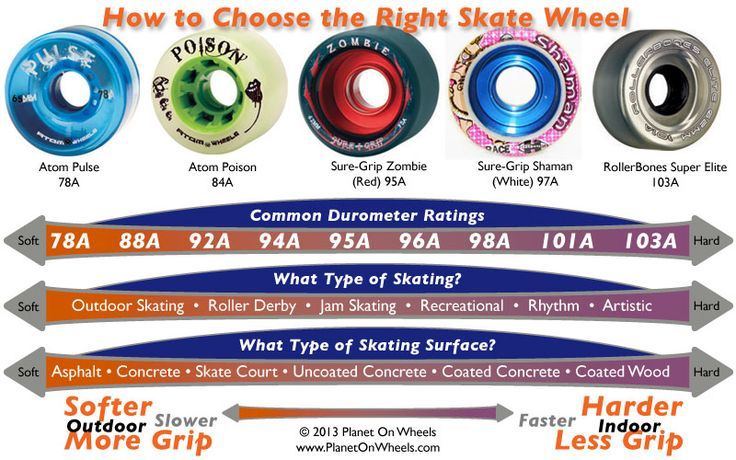
Lead wheel weights have been manufactured for decades and are known to be more malleable and denser than zinc and steel. With greater density, a lead weight allows technicians to install a smaller, yet heavier, weight.
But, depending on where you live, you might not legally be allowed to sell, distribute or service a vehicle with lead wheel weights. According to the EPA and the U.S. Geological Survey, lead weights that fall off vehicles and are ground up on roadways can contaminate water sources. Lead is known to be highly toxic and has been linked to a variety of health hazards.
Currently, nine states—as well as large independent tire dealerships—have banned the use of lead wheel weights. States in which lead weights are illegal are California, Minnesota, Illinois, Maine, New York, Vermont, Washington, New Jersey and Maryland. Other states have legislation that is pending or has been presented and not passed. As time goes on, more states will continue to ban or restrict lead wheel weights due to the material’s harmful effects.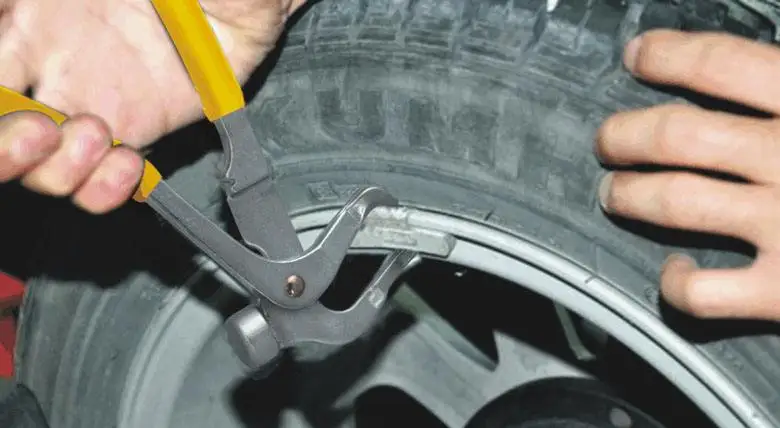
Like lead wheel weights, zinc weights are cast and provide a more contoured appearance on the wheel. However, they are also less dense, making them larger on the wheel. In addition, they are harder to produce to tight weight tolerances and are currently under review for environmental impact. There are also no recycling programs available for zinc wheel weights.
Steel wheel weights are becoming an industry standard for health and safety. While they may be larger in size than lead weights, steel weights have the highest density of cost-effective alternatives with no known environmental or health issues. Lower density materials, such as zinc, produce longer weights, so much so that in higher weight increments, the center of gravity of these weights can be below the rim flange, resulting in weight chasing and balance accuracy issues. Wheel weights manufactured from higher density materials such as steel do not have this issue.
Steel adhesive wheel weights are becoming more attractive due to increased availability and quality, and various pricing levels. Steel adhesive wheel weights also offer an aesthetic advantage since they often come in colors to blend in with aftermarket wheels. For example, steel black adhesive wheel weights are available to use with black-painted wheels to blend in with the color.
Steel adhesive wheel weights also offer an aesthetic advantage since they often come in colors to blend in with aftermarket wheels. For example, steel black adhesive wheel weights are available to use with black-painted wheels to blend in with the color.
Technicians should consider the following when choosing a wheel weight material:
When selecting wheel weight options for your shop, it’s all about finding the right balance. Think about what material and application pairing will work best for your technicians, as well as your customers’ wheels.
Wheel weights are used to correct and counteract those imbalances found when balancing tire assemblies. By applying the weights to the wheel in the appropriate location, the addition of the targeted added weight causes the wheel’s mass to be equally distributed around the axis of rotation. This ensures the wheel will rotate without vibration.
By applying the weights to the wheel in the appropriate location, the addition of the targeted added weight causes the wheel’s mass to be equally distributed around the axis of rotation. This ensures the wheel will rotate without vibration.
Wheel weights are an important component when adjusting the balance of a customer’s tires. For passenger cars, motorcycles and truck wheels, two options are available: clip-on and adhesive wheel weights.
The original clip-on weight was first patented in the early 1930’s, yet adhesive wheel weights came into the market starting in the early ‘70s and provided a new way to balance aluminum rims.
Clip-on weights are traditionally used with wheels that have flanges to which the clip can attach. Adhesive wheel weights are used for wheels without flanges, commonly for customers who are mindful of an aesthetic look to their vehicle where weights can be hidden behind spokes.
Content provided by Coats Garage. For more information, visit coatsgarage.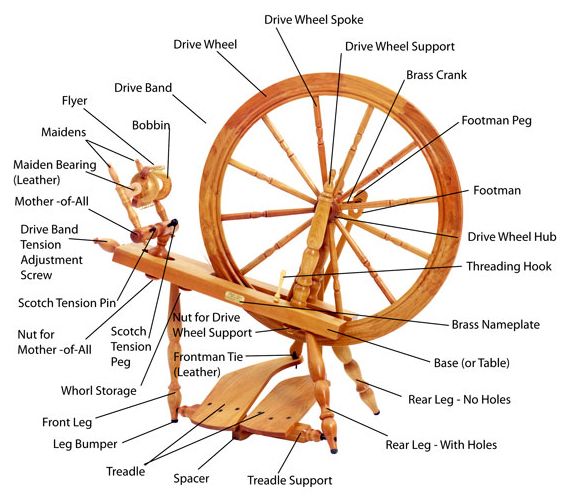 com.
com.
To read the full January 2021 issue, click here.
Balancing weights - A PAINFUL TOPIC!
Today we want to talk with you about cargo in tire shops.
There are cargoes: stuffed and glued, and each in turn is subdivided according to the material of manufacture: steel, lead and zinc.
ZINC - a third more expensive than lead, environmentally friendly (which is why lead is banned in Europe). In Russia, real zinc cargo is extremely rare, since ecology is not our main issue, unfortunately.
LEAD - today the best option, does not rust and does not leave marks on the discs, ductile metal (in case the load flies off, it will minimally damage parts of the brake and other systems).
STEEL - unfortunately tends to rust, leaves marks on the discs, but is cheaper to manufacture and sell.
More details now:
ADHESIVE LOADS - it is important on which adhesive tape, if it is cheap Chinese adhesive tape, then there is a possibility that due to the aggressive environment in which the goods are used, they will fall off.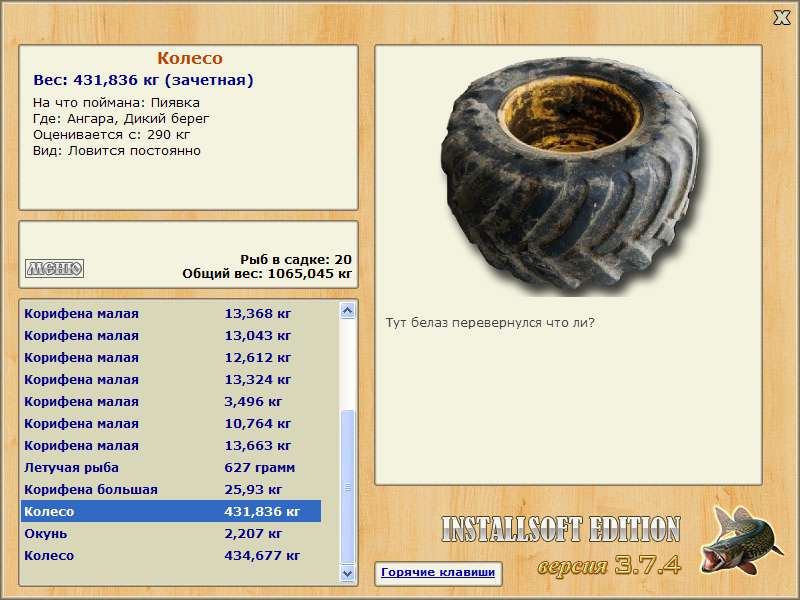 Steel weights tend to rust, of course, when balancing the disks every season, you are unlikely to find traces of rust on the disks, but among us there are many who balance once a year or even less often. We also often hear that steel weights are not as accurate and take up more space - this is a myth. It all depends on the manufacturer on the form factor of the self-adhesive, there is a wide one and a narrow one, here you have the length of the strip. The narrower, the longer. Lead weights are more economical to use, because. after the first spin of the wheel on simple machines, sometimes the load needs to be shifted a few degrees. Lead can be bent with a “yoke” and glued over the edges, and finally glued after balancing. Steel will have to be glued immediately, and it will not work to displace. In this case, they begin to glue additional weights, which is not a high-quality balancing.
Steel weights tend to rust, of course, when balancing the disks every season, you are unlikely to find traces of rust on the disks, but among us there are many who balance once a year or even less often. We also often hear that steel weights are not as accurate and take up more space - this is a myth. It all depends on the manufacturer on the form factor of the self-adhesive, there is a wide one and a narrow one, here you have the length of the strip. The narrower, the longer. Lead weights are more economical to use, because. after the first spin of the wheel on simple machines, sometimes the load needs to be shifted a few degrees. Lead can be bent with a “yoke” and glued over the edges, and finally glued after balancing. Steel will have to be glued immediately, and it will not work to displace. In this case, they begin to glue additional weights, which is not a high-quality balancing.
STUFFED LOADS - if everything is clear about the material, then many tire fitters often have a problem with the difference for stamped and alloy wheels. And here are two options, either the master does not understand, or does not want the client to understand. The difference is in the size of the "ear". The edge on alloy wheels is thicker than on the die, hence the larger lug. If it is practically impossible to stuff the weight for the stamp on the casting, then with the weight for casting it is a little easier. Some of the "competent" craftsmen squeeze this big eye and stuff it on a stamp - this is fundamentally not true! Such a load with a 50% probability will fly off the wheel, and it’s okay if
And here are two options, either the master does not understand, or does not want the client to understand. The difference is in the size of the "ear". The edge on alloy wheels is thicker than on the die, hence the larger lug. If it is practically impossible to stuff the weight for the stamp on the casting, then with the weight for casting it is a little easier. Some of the "competent" craftsmen squeeze this big eye and stuff it on a stamp - this is fundamentally not true! Such a load with a 50% probability will fly off the wheel, and it’s okay if
he will just fly off, because he can get into a neighboring, possibly very expensive, car, and God forbid, into a pedestrian. It is almost impossible to prove the guilt of the master, but the end client will be forced to pay for it.
The eye of all stuffed loads is steel. Strongly wheel rust it does not spoil.
Today, some manufacturers have KNOW-HOW. This is an all-steel padded weight. It is 30% cheaper than lead. And the problems with it, like with steel self-adhesive tape, are rust.
And the problems with it, like with steel self-adhesive tape, are rust.
Installing Weights - There must be one weight on each disc plane. Two loads in different places can only stand when using SPLIT type technology (load division function).
Another burning issue is the reuse of goods. With adhesive lead, everything is clear, we cleaned the cargo from the old adhesive tape, pasted a new one and we were on our way. Then with stuffed cargo, the issue often causes a lot of controversy. The client says that this is not correct and the load will fall off, and the tire fitting master has the opinion that it’s okay. In fact, if the client is not against the use of secondary cargo, there is nothing to worry about! The words that the ear no longer has the same strength as the new one is a myth. It's just a little rusty, and its durability will last for a long time. The question is whether to take payment for this cargo? Our opinion is no. BUT most importantly, again, stuff the weight for the stamp on the stamp, and the weight for casting on casting! This question, today, has a reverse side.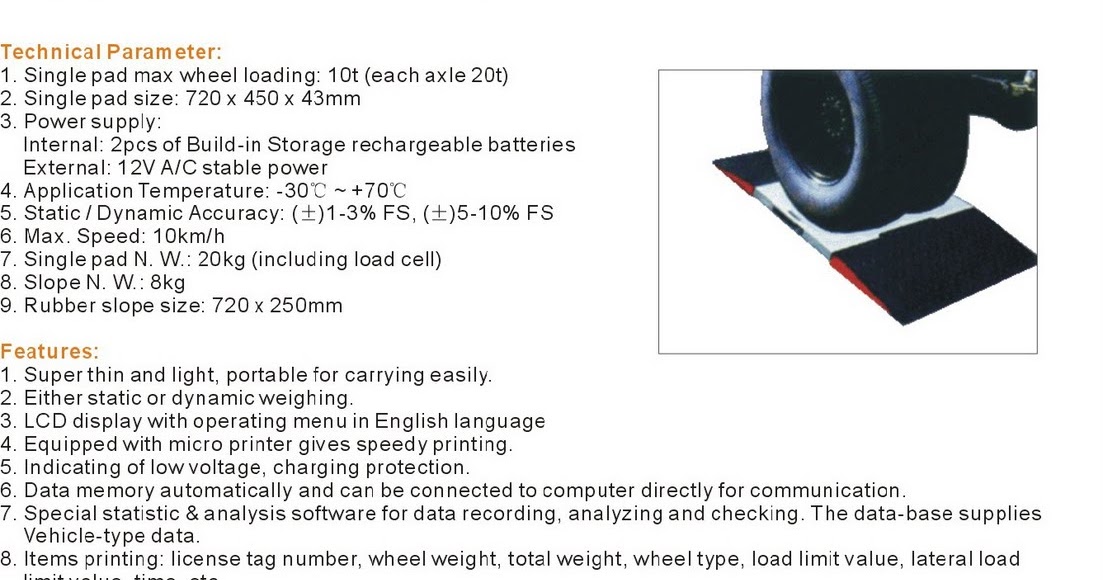 In the pursuit of savings, many manufacturers have forgotten about quality, and on some loads the eyelet is already hanging out of the package. Such loads are not standard and their use is undesirable.
In the pursuit of savings, many manufacturers have forgotten about quality, and on some loads the eyelet is already hanging out of the package. Such loads are not standard and their use is undesirable.
Should steel rammed weight be reused? Time will tell, but I think they will be very rusty.
Now let's talk a little about the machine and the work of the master:
1) Turning the disk. We often hear this myth from the end customers of the tire shop. Allegedly, when the wheel is relaxed on the shaft of the balancing stand and rotated, for example, by 90 degrees, the result on the machine should remain zero. And if the machine asks to weigh the load, then the machine does not work well. It is a myth. In fact, for stamped wheels, when turning on the machine, a deviation of up to 20 grams on each side, and for cast ones with large rubber, up to 80 grams is absolutely normal.
Explanation.
Reason #1 – Wheel pressure. Most craftsmen press the wheel with a cone from the outside. From a technical point of view, this is not entirely true, because. The wheel is not fully centered on the shaft. It is fully centered during installation, first the cone, and then the wheel and clamping nut.
From a technical point of view, this is not entirely true, because. The wheel is not fully centered on the shaft. It is fully centered during installation, first the cone, and then the wheel and clamping nut.
Reason #2 – Effort. With each clamping of the wheel, the master applies a different force. From the outside it may seem that this does not affect the result, but this is an erroneous opinion - it really does.
Reason #3 – Center hole. Manufacturers of rims do not try to make the edges of the central hole from the outside ideal. And the disk is centered just along these edges, when clamped by a cone from the outside. This is another reason to install the cone from the inside, the inner hole, most often, has a smaller layer of paint, and yet manufacturers make it as accurate as possible.
Reason #4 - Cone. On budget machines, the cones are made of softer steel, and over time, small grooves and damage appear on them. We will also include here all the poor-quality and failed remnants.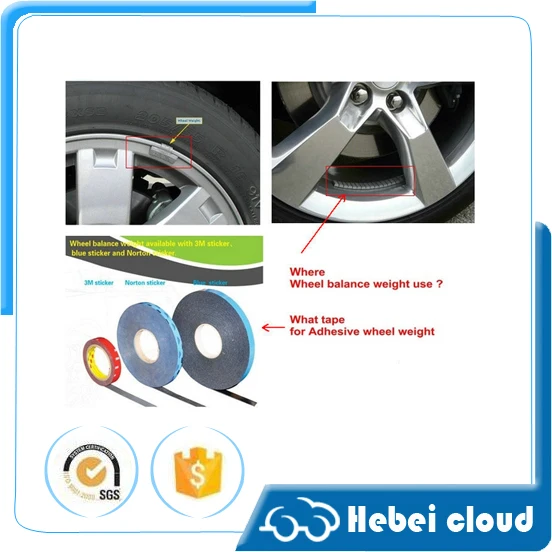
2) Rounding and zeroing. All balancers have these features. With rounding everything is clear. Zeroing - from the factory, most often, zeroing costs 5 grams. This means that the machine less than 5 grams will not ask for a load and will report the completion of the disc balancing procedure. Some masters set zeroing up to 10 grams, as you understand, this makes their life much easier when working with any discs. Does it make life easier for the client? For example, at a speed of 120 km / h, the extra 5 grams turn into a force of 2.5 kg. But the forces and vibrations caused by this weight are most often lost in the suspension, steering play, etc.
3) Negligent attitude. This point borders on the next one, but every situation is different. Sometimes the tire fitter really does not care about the work he does. And sometimes there are certain circumstances. On purpose or not, he can make a mistake at any point. We are talking about the attitude to work and the attitude to the maintenance of the machine.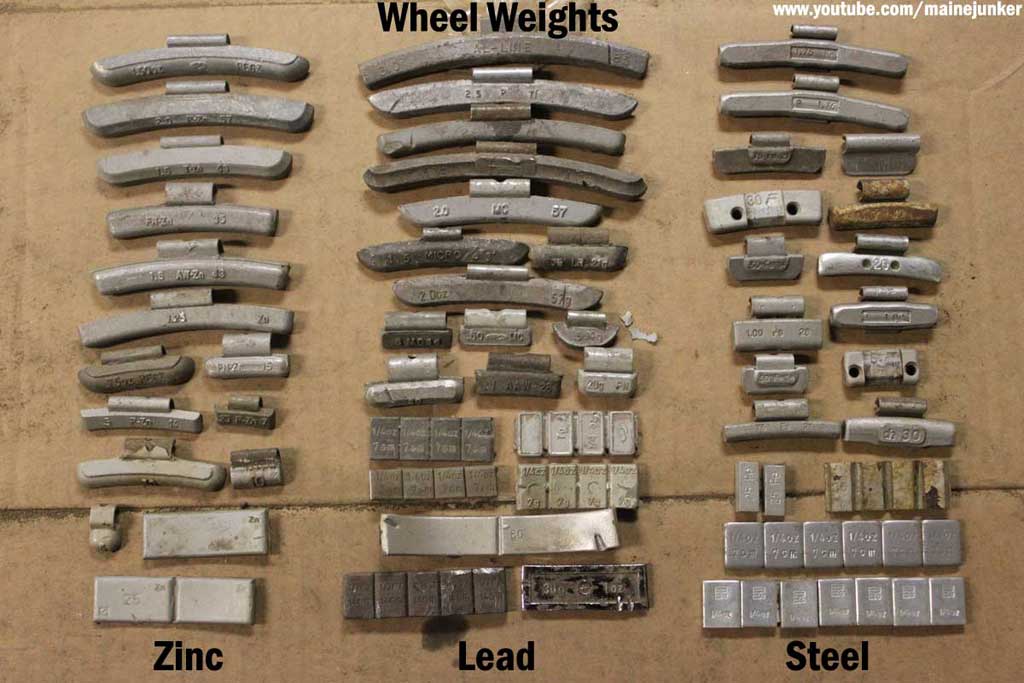
4) Deception. The saddest point. Some masters, alas, deliberately increase the zeroing. Deliberately save on calibration. They deliberately turn on only static balancing on the stand, etc. There are a lot of tricks on how to hide a problem on a non-working machine.
05/24/2019
To other articles
Contents
Front loader - a kind of special equipment for loading and unloading and other types of work. These machines are characterized by their compact size, maneuverability, high power and versatility. Structurally, the front loader is a heavy unit with a capacious and wide bucket. Moving, he picks up bulk materials and small-piece cargo, and then moves them from one place to another, without using pushing (as is the case with bulldozers or graders).
Front loaders are in demand in the course of construction and road repair works, in production, for organizing transportation, in warehouse activities. Machines of this type are often present on the balance sheet of utilities and other households. Most often, front loaders are used to move soil, clay, sand, gravel. At construction sites, bricks, metal beams, and pipe products are transported in this way. Often, machines are used to clear snow on city streets and sidewalks.
Bucket front loaders can be divided into two large groups: wheeled and tracked. Let's consider them in detail.
Wheel loaders are the largest category of machines of this type. Models on such a chassis are widely used in earthmoving, during site planning, and for moving bulk materials. Wheel front loaders are universal, they are distinguished by good maneuverability, they easily move along the road surface at any distance. Although they are light in weight, they are able to lift heavy loads, as well as work in relatively cramped conditions.
Tracked front loaders are mainly used on large construction sites. They are relevant where there is a risk of a tire puncture in wheeled models. Such a machine must be additionally transported to the place of its subsequent use using a cargo tractor with a platform. She herself is characterized by low maneuverability and corresponding speed of movement.
According to the capacity class, loaders can be divided into four categories:
By number of attachments:
Another way of classifying front loaders depends on their equipment. It can be a fork or a bucket. The first option is used to lift and move unified pallets widely used in warehouse activities and trade. The second option is universal, suitable for bulk and small-piece cargo.
The front loader is a versatile machine, but it's the attachments that make it so.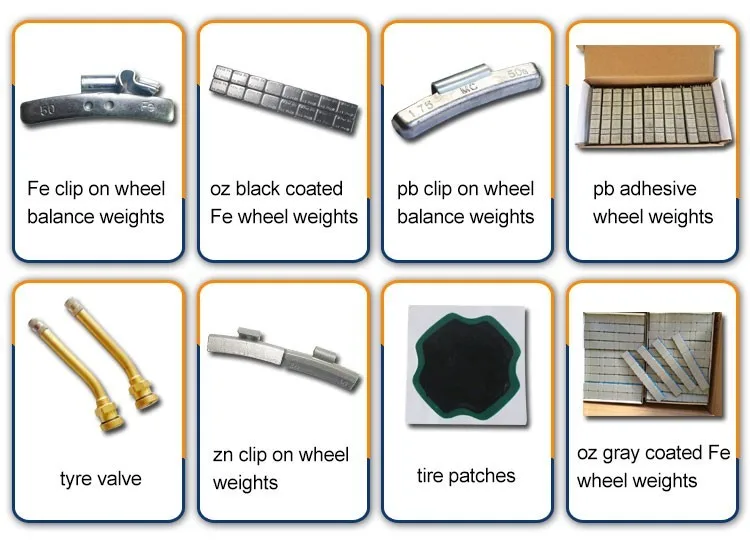
Bucket . The main working body of the front loader. The capacity of the entire machine largely depends on the volume of this attachment (average 3–10 m 3 ).
Forks. For lifting, moving and stacking storage pallets.
Lifting hooks. For packaged materials or those that have the ability to do so.
Silage cutters . For the organization of procurement work in agriculture.
Snow blades . For cleaning streets and sidewalks in the winter season.
Roll and other grippers . For tilting materials, working with barrels, logging, bales and other specific loads.
Dozer blades. For moving loads without first lifting, towing on pavement or ground.
Wheel loaders are manufactured by a large number of world renowned companies. A textbook example of reliable and high-performance machines in this segment is Caterpillar equipment. Its Cat® loaders are compact and therefore highly manoeuvrable, whether they are used on a construction site or in a large space such as a warehouse.
Its Cat® loaders are compact and therefore highly manoeuvrable, whether they are used on a construction site or in a large space such as a warehouse.
To learn more about Cat® brand loaders, visit our catalog product pages or download company brochures from this site. You can ask questions about the purchase of new machines or the rental of special equipment by contacting the phone number listed at the top of the page.
The Cat® 930K Wheel Loader is equipped with a Tier3/Stage IIIA Cat® C7.1 ACERT engine. The level of fuel economy is among the best in its class and is provided by reducing the crankshaft speed. The hybrid technology of utilizing engine power allows it to be developed exactly when it is required, for example for driving on slopes. For work in difficult conditions, a mode of increased productivity has been developed. The hydraulic system automatically adjusts the flow and pressure according to the current load.
Z-bar linkage and parallel lift function for precise and safe load handling. Having separate pumps for each system allows you to lift, turn and travel at the same time without compromising the quality of each operation. All maintenance points are easily accessible from ground level.
Having separate pumps for each system allows you to lift, turn and travel at the same time without compromising the quality of each operation. All maintenance points are easily accessible from ground level.
The Cat® 938K features a Z-bar excavation linkage for high efficiency. The optional Parallel Lift and Rapid Load feature allows you to quickly and accurately move the bucket to the desired location.
The continuously variable gearbox is electronically controlled and regulates the transmission of force to the ground. The powerful hydraulic system monitors the current load and automatically adapts flow and pressure levels to it. The presence of a flow divider and separate pumps for each system makes it possible to simultaneously perform several operations: moving, lifting and turning, without losing their quality. To perform complex tasks and intensive workload, there is a mode of enhanced performance.
Good visibility is provided by high windows and a narrow frame that leaves the entire working area open.![]()
The Cat® 950L uses up to 10% less fuel than comparable H-Series trucks. It is powered by the signature 252 hp C7.1 ACERT™ engine. With. With a durable power shift transmission, the Cat® 950L delivers high performance and reliability even in the toughest conditions.
Rigid front axle withstands torsional internal loads and provides strong support. Rear oscillates in the range of ±13 to so that all wheels are in constant contact with the ground, even when driving on uneven terrain.
Cabin windows provide a good view of the working area. The Cat® 950L Loader is easy to maintain with all technical components accessible from ground level.
The Cat® 988H Wheel Loader is used when large volumes need to be moved in a short amount of time. Powerful C18 ACERT™ engine and large bucket ensure high productivity in all jobs.
The Cat® 988H hydraulic system uses Positive Flow Control (PFC).